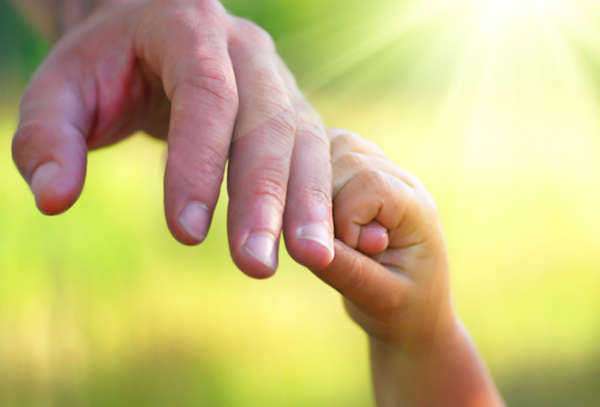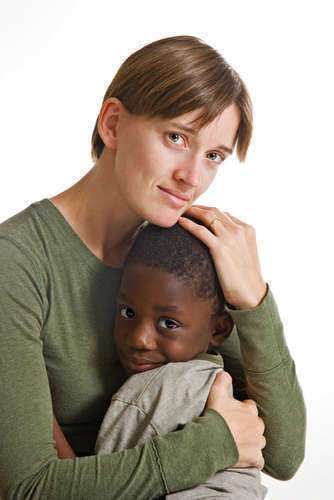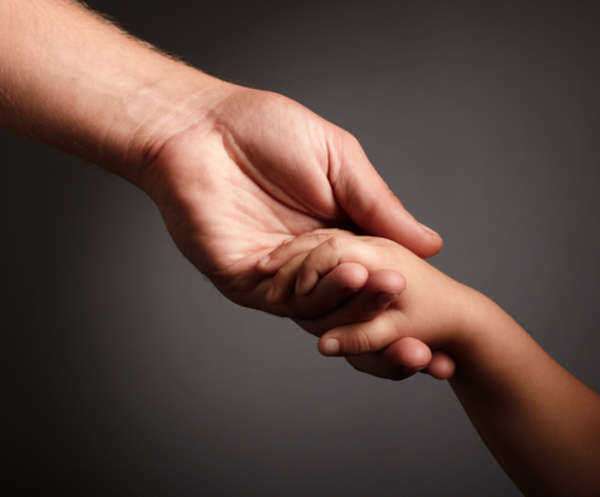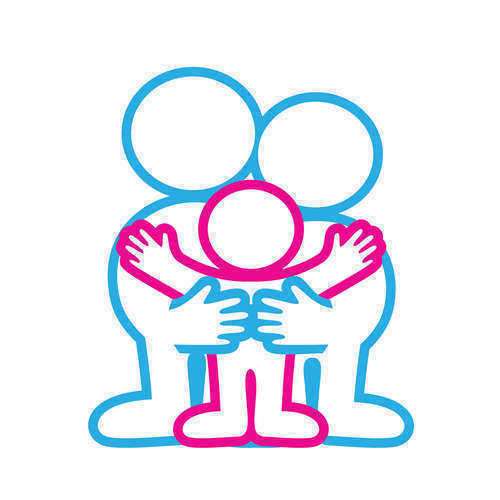Alabama Adoption





Guide to Oklahoma Adoption
More families than ever are choosing to open their homes to an OK adoption. If you are considering an adoption through the state of Oklahoma's foster care system, you may want to know more about the process you can expect. This guide will explain how the Oklahoma adoption process works, from your initial inquiry until your new child moves into your home. If you want more information on a specific aspect of the adoption process, you may want to contact the Oklahoma Department of Human Services or a qualified OK adoption attorney.
The Oklahoma Adoption Process: First Steps
In order to adopt a child from Oklahoma, you will need to start by making an initial inquiry to the Department of Human Services. Once you have made an initial inquiry, you will be referred to a pre-service training class near you. These classes typically happen once a week until you have completed the 27 hours of pre-service training required by Oklahoma law for adoption. Classes will cover topics ranging from the adoption process itself to what you can expect from your relationship with your new adopted child.
The Oklahoma Adoption Process: Home Study
In order to determine whether your home would be suitable for a placement, an OK adoption case worker will perform a home study. This involves not only a visit to and inspection of your house, but also interviews with all household members. You will be asked about your reasons for wanting an Oklahoma adoption, as well as questions about your parenting philosophy. You may be asked hypothetical questions about what you would do in situations commonly encountered by adoptive parents.
As part of your home study, you will be required to complete fingerprinting and a background check. OK adoption law also requires all household members to have a medical examination, which can determine whether they may have health problems that would make caring for a child difficult or impossible. There are no age requirements for completing an Oklahoma adoption, as long as a medical examination reveals that you are reasonably healthy and have no urgent or untreated medical conditions.
The Oklahoma Adoption Process: Matching and Placement
Once the home study is completed, provided it goes well and your background check does not exclude you from adopting, you will be qualified as an adoptive family. You will be able to tell your OK adoption case worker what kind of child you are looking for. Being matched takes more time for families who want an infant adoption or want to limit their adoption choices to children of one race or those with no siblings.
Once you are matched with a child, you will be able to visit with that child several times in order to see if the match is good. If it appears that the placement would be successful, your Oklahoma adoption caseworker will recommend placement and finalization. Your adoption will not be complete until it is finalized in a court hearing.

A brief guide to Louisiana adoptions
Whether you are a single person or part of a couple, if you wish to adopt a minor child there are a number of potential complications you should be aware of. There are four different types of Louisiana adoption which you may consider:
• Private adoptions are arranged between a birth parent and the adopting person or couple. These kinds of Louisiana adoptions will require a contract to be drawn up detailing such issues as how much of the birth parents' expenses must be paid for. For example, the person who will be taking custody may agree to pay for all of their hospital expenses. To ensure that this kind of Louisiana adoption is executed properly, you will probably wish to consult with Louisiana lawyers who can draw up a contract whose language is clear and cannot leave you open to future litigation.
• Public adoptions occur when a single person or couple takes custody of a child that is in the care of child protective services.
• Interagency Louisiana adoptions involve taking custody of a child who has been relinquished by their birth parent to the care of an agency.
• International adoptions involve taking custody of a child from another country. Along with a private Louisiana adoption, this is the most complicated and potentially expensive way to complete this process. You will almost certainly need the assistance of a lawyer to ensure that you are in compliance with the laws of the state, as well as with that of the country from which you are adopting a child.
Regardless of which form of Louisiana adoption you are considering, you cannot initiate this process until you have undergone the "homestudy" procedure. This is a state-administered evaluation of your fitness to be a parent. People who are found to be unfit after this kind of review will not be allowed to execute Louisiana adoptions.
There are many components to this kind of examination. When undertaking this review of your fitness to be eligible for Louisiana adoptions, the state generally will not charge you for any expenses other than making your medical and financial records available. However, you may wish to pay for the expense of a lawyer who can help you understand what to expect. Prior to your request to be allowed to commit a Louisiana adoption, you will be extensively interviewed about your upbringing, expectations as a parent and any other factor which could affect your fitness to take custody of a child.
While these proceedings can be expensive, in some cases you may be eligible for a tax credit. Louisiana adoptions of children deemed to have "special needs" may qualify you for this kind of financial aid. Some types of children who could fall under this category include African-American youth, children with special medical needs and children age eight or older. Since such children often have difficulty finding homes, consider if you are willing to undertake this kind of Louisiana adoption.


Many parents will seek to adopt a baby, choosing to raise the child from a very young age. There will be no shortage of baby adoptions available, especially when mothers have opted against abortion and carried the baby to term. There are some adoption agencies that specialize in baby adoption owing to different rules and laws regarding adopting babies and infants. The entire process will take up to two years depending on the wishes of the parents, babies available and time it takes for the parents to provide adequate arrangements for a child.
What are the typical steps in baby adoption?
Like all other adoptions, after the prospective parents have applied for an adoption, a home study will be conducted by a social worker to ensure that the family is qualified by an adoption. The choice of which family the child will be place with is sometimes at the discretion of the birthmother and the prospective adopting parents may have to meet with the birthmother for evaluation.
What are laws regarding baby adoption?
After an era where many unwed birthmothers were forced to give their children up for adoption, legal safeguards now exist to protect the rights of the birthmother against coercive adoption as well as provide legal protection for mothers that put their child up for adoption.
The Safe Haven law protects the rights of the mother to give up a newborn child for adoption. Under this arrangement, the mother will bring the baby, no more than five days old, to a hospital, fire or police station and leave the infant in the care of an individual there. That individual will arrange for the child to be placed in safe hands. Safe haven laws will vary by state and you will need to ensure that this law is followed or the birthmother will face criminal charges. Some states will check with the father of the child, if available, to ascertain if custody can indeed be relinquished.
State laws will also define the consent to adoption, which protects both the rights of the birthmother and the father if paternity is established. The right to consent can be terminated though if either parent abandons the child or commits a number of offenses that would find them unfit to be parents. There are also limitations on when the mother can consent to the adoption with some states allowing it some hours after the birth and some even allowing the consent to adopt before the baby is born. Consent can be revoked if the court finds the mother was forced to give up the child through coercion or that the consent was withdrawn within a legally defined amount of time, generally a few days after consent is given,
What will it cost for a baby adoption?
Tax credits for the adoption of a child may be more than enough to cover the adoption service fees. You will need to speak with the adoption service to determine your fee arrangements and what you will pay for the services, including services such as home studies.


